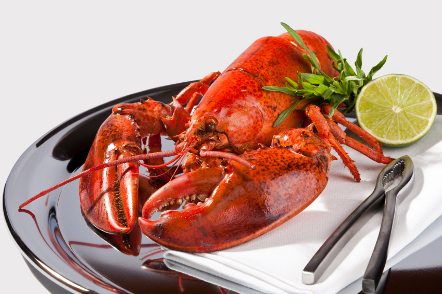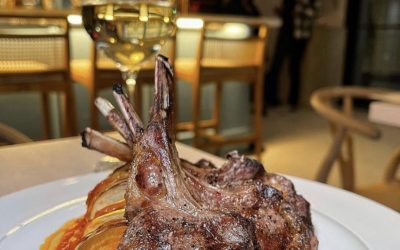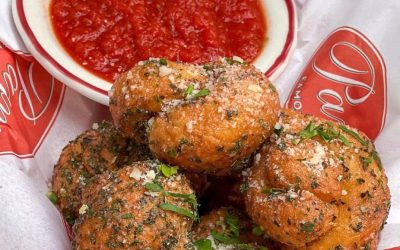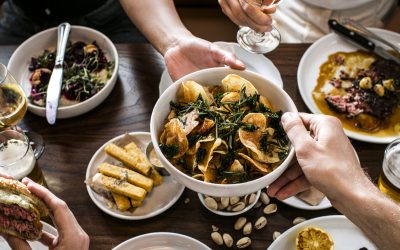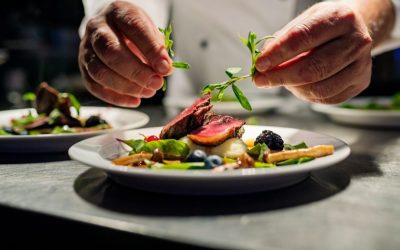
Photo courtesy by youtube.com
Most of you may know that lobster has been trending quite a bit this summer, and there’s no doubt about it that it is popular ingredient to eat and use year round. However, this summer it seems to be trending a little bit more significantly than usual. Everywhere you look there are lobster grilled cheeses, lobster macaroni and cheese, and of course the classic lobster roll.
Many restaurants feature the one and only lobster, but it is not always prepared or done right. Downtown is going to give you specific tips, tools, and anything else you need to prepare your perfect lobster dish in your very own home. Now you don’t have to spend $13 on a lobster roll around the corner because you can make it yourself. Not sure which lobster dish to make? That’s alright because you can still prepare a lobster the same exact way for every dish. It’s all about the basics.
Method 1: Boiling
Very old recipes for lobster call for cooking as long as 10 minutes per pound and that’s excessive. There’s absolutely no way people were enjoying that rubbery-textured product. When cooking meat, temperature is a much better indicator of doneness than time. For optimal tenderness and texture, lobster meat should come to around 135°F, which ends up translating to just around 4 or 5 minutes of boiling for a 1 to 1 1/2 pound lobster, and you can use a thermometer for this part. Any hotter, and you end up in rubber territory, which is the absolute worst place to be when it comes to lobster.
How you get the lobster to that perfect final temperature is another tricky question. Lobsters turn red when you cook them. It’s just waiting to be released when you prepare it correctly. In the case of lobsters (and other crustaceans), the bright red hue comes from a heat-stable carotenoid pigment called astaxanthin. It’s this pigment that turns the flesh of salmon and the feathers of flamingos—animals that feed heavily on crustaceans—into the familiar pinkish-orange color. (Farmed salmon have pigments added to their diet to color their flesh—without it, they’d be totally white.)
Even though we described what it should look like as well as many other things, this description doesn’t really tell you just “how” to cook the perfect lobster. Here is a common mistake that many people make. Most people think that boiling a lobster is the way to go when in fact it’s not. When boiling, you cook a lobster in a large pot of water, take it out, then look inside the pot. You won’t like what you see. A very unpleasing cloudy, murky water with white gunk floating on top, and if you stick your nose in there and inhale you will smell of course, lobster. And here’s the thing, whatever is in that pot, is NOT in your lobster anymore.
The massive amount of water circulating in and out of the lobster’s body can wash away many of the flavorful compounds you find inside the meat. Not only that, but for larger lobsters, the high heat of boiling can cause the exterior to overcook while the interior remains raw, so dunking them into boiling water is not the way to go, but it is doable.
Method 2: Steaming
At first glance, you’d think that steaming is a more gentle method of cooking than boiling. Surely very dense water at 212°F should heat faster than steam at 212°F? The denser the medium, the more efficient it is at transferring heat. While this is all true, it doesn’t take into account the latent heat of vaporization of water. It takes about five times the amount of heat energy to convert water into steam as it does to raise either water or steam’s temperature by 1°C. This energy is stored in the steam molecules, and as they hit the surface of the food being cooked and re-condense into water, the stored energy is released onto the surface of the food, all-in-all heating it. While steaming does offer the advantage of not diluting flavor like boiling, it does nothing to solve our fast-cooking problem. It is a much more time consuming process.
Method 3: Roasting
Rather than diluting and washing away the flavorful compounds in the lobster’s flesh, roasting will heat the lobster through, cooking it, while at the same time evaporating some of its excess moisture. The result should be meat that is more intensely flavored, not less.
Roasting a lobster in the oven and bringing it up to 135°F in a 350°F oven should work very well and it gives you extraordinarily aromatic meat with a much more intense, sweeter flavor. Which is what you want. Roasting is also a slower cooking process than steaming or boiling, leading to more evenly cooked meat. Just think of it this way, when you roast anything, whether it’s a chicken or even roasted red peppers – don’t you always like it better? Of course, because roasting is always the way to go!
-by Albany Reed

